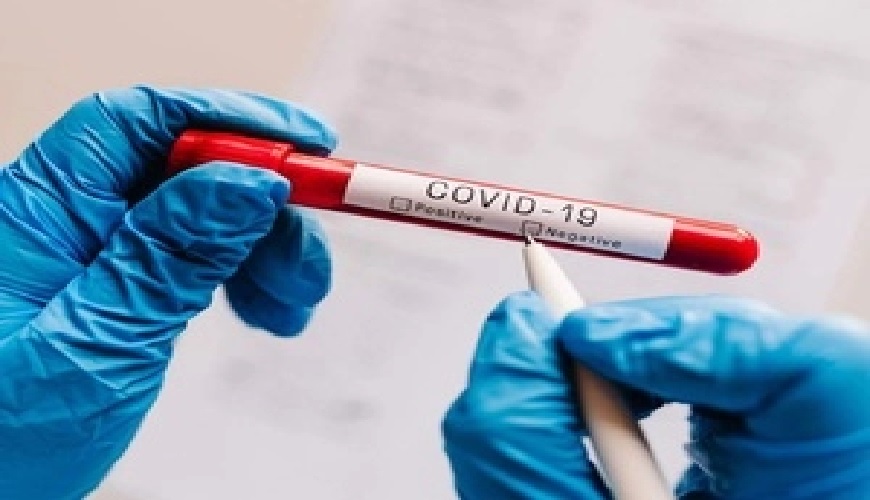
- 25 Dec
- 2020
Mini antibodies against COVID-19 isolated from llama may stop infection
Mini antibodies against COVID-19 isolated from llama may stop infection
Scientists have isolated a set of promising, tiny antibodies or nanobodies against the novel coronavirus from a llama, some of which may help prevent the infection.
Preliminary results, published in the journal Scientific Reports, suggest that the nanobody appears to work equally well in either liquid or aerosol form, suggesting it could remain fruitful after inhalation.
The researchers from the National Institutes of Health (NIH) in the US said at least one of these nanobodies, called NIH-CoVnb-112, could prevent infections and reveal virus particles by grabbing hold of the spike proteins of SARS-CoV-2, which causes COVID-19.
"We hope that these anti-COVID-19 nanobodies may be highly effective and versatile in combating the coronavirus pandemic," said David L. Brody, who is also a professor at Uniformed Services University for the Health Sciences.
A nanobody is a special type of antibody naturally produced by the immune systems of camelids, a group of animals that includes camels, llamas, and alpacas.
On average, these proteins are about a tenth the weight of most human antibodies, the researchers said.
This is because nanobodies isolated in the lab are essentially free-floating versions of the tips of the arms of heavy chain proteins, which form the backbone of a typical Y-shaped human IgG antibody, they said.
These tips play a critical role in the immune system's defences by recognising proteins on viruses, bacteria, and other invaders, also known as antigens.
Because nanobodies are more stable, less costly to produce, and easier to engineer than typical antibodies, a growing body of researchers have been using them for medical research.
Since the pandemic broke, several researchers have produced llama nanobodies against the SARS-CoV-2 spike protein that may be fruitful at stop infections.
In the latest study, the researchers used a slightly different strategy than others to find nanobodies that may work especially well.
"The SARS-CoV-2 spike protein acts like a key. It does this by opening the door to infections when it binds to a protein called the angiotensin converting enzyme 2 (ACE2) receptor, found on the surface of some cells," said Thomas J Esparza, the lead author of the study.
"We developed a method that would isolate nanobodies that block infections by covering the teeth of the spike protein that bind to and unlock the ACE2 receptor," Esparza said.
The researchers immunised a llama called Cormac five times over 28 days with a purified version of the SARS-CoV-2 spike protein.
After testing hundreds of nanobodies, they found that Cormac produced 13 nanobodies that might be strong candidates.
Initial experiments suggested that one candidate, called NIH-CoVnb-112, could work very well, the researchers said.
Test tube studies showed that this nanobody bound to the ACE2 receptor 2 to 10 times powerful than nanobodies produced by other labs, they said.
Other experiments advised that the NIH nanobody stuck directly to the ACE2 receptor binding portion of the spike protein.
To mimic the SARS-CoV-2 virus, the researchers genetically mutated a harmless "pseudovirus" so that it could use the spike protein to infect cells that have human ACE2 receptors.
They showed that the nanobody was equally effective in preventing the infections in petri dishes when it was sprayed through the kind of nebuliser, or inhaler, often used to help treat patients with asthma.
Note: - As every caution has been taken to provide our readers with most accurate information and honest analysis. Please check the pros and cons of the same before making any decision on the basis of the shared details.











